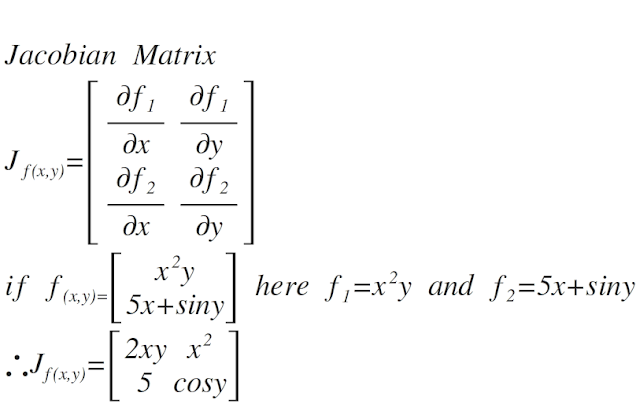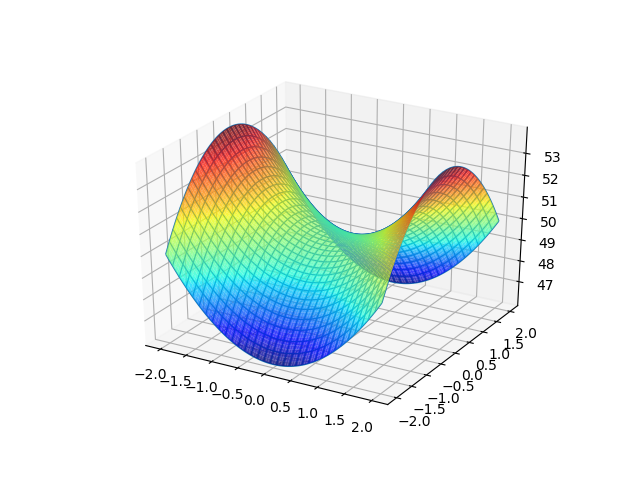Isodiaphers
The two nuclides
having the same neutron
difference are
known as isodiaphers. The neutron difference is
otherwise known as isotopic number or isotopic excess. The neutron difference is the difference between the number of
neutrons and number of protons.
eg: A1 X Z1 and A2 Y Z2 are two nuclides
X contains Z1 protons and (A1 - Z1 ) neutrons so its Neutron
difference= (A1 - Z1) - Z1 = (A1- 2Z1)
Y contains Z2 protons and( A2 - Z2 ) neutrons so its Neutron
difference= (A2 - Z2) - Z2 = (A2- 2Z2)
If (A1 - 2Z1) = (A2 - 2Z2)
X
and Y are isodiaphers.
234U90 and 238U92 are isodiaphers in both cases neutron number
is the same
(234-2×90)
=54= (238-2×92)
The isodiaphers
usually result by an α ( 4 He2 ) particle emission, the
nuclide formed after emission and mother nuclide will be isodiaphers.
238U92------à234U90 + 4 He2
In some
cases nuclear number can be zero also.



The topic on renewable energy and Plus2 notes available on the Home page
ReplyDelete